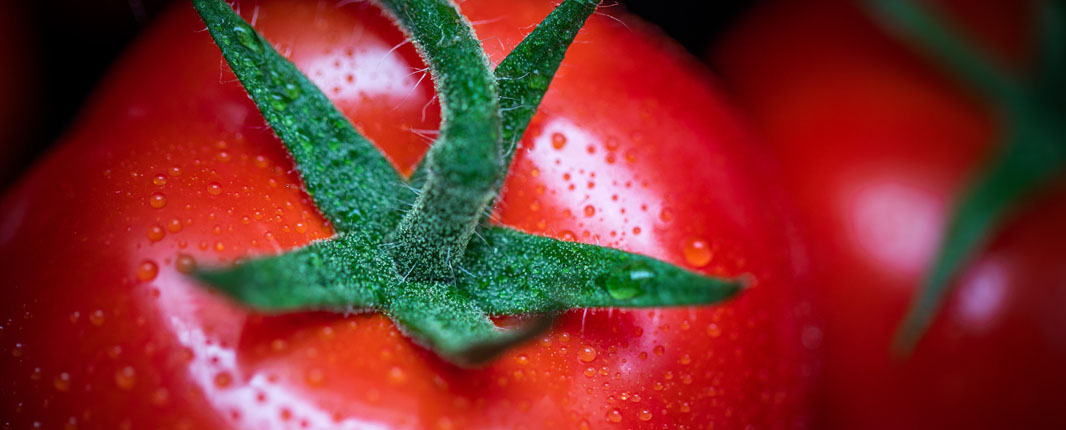
Information

At Enza Zaden, we've pioneered the battle against ToBRFV by being the first to introduce High Resistance varieties against ToBRFV. Now, we're taking this innovation further with rootstocks, offering growers a comprehensive defence against this pervasive virus.
Our High Resistance, uniquely based on a hypersensitivity reaction, represents a significant leap in combating ToBRFV, not just delaying but actively blocking its spread. Discover how combining our High Resistance seeds with High Resistance rootstocks creates an unparalleled defence system, significantly reducing the virus pressure and enhancing crop resilience. Join us as we explore these synergistic solutions, paving the way for healthier, more productive tomato cultivation.
In soil-based systems, infected soil can remain a source of ToBRFV contamination for several years. At the end of a soil cultivation cycle, residual roots from non-resistant rootstocks remaining in the soil can become an additional source of infection for the next cultivation cycle. This highlights the importance of using HREZ rootstocks (High Resistance by Enza Zaden) to minimize the risk of leaving behind infected root remnants that could pose a threat to subsequent crops. In substrate crops, the media is at times re-used and can remain infected for the following crops. In addition, recirculated water can potentially carry the virus.
HREZ rootstocks have proven to effectively defend tomato crops in various growing media. Using HREZ rootstocks is essential to prevent long-term soil infection and safeguard the health of your crops.

Preventing virus entry: HREZ rootstocks provide an extra layer of defence against ToBRFV by fortifying the root system. During root formation, weak and dying cells can become entry points for the virus. HREZ rootstocks act as barrier at this critical stage, preventing the virus from infiltrating and ensuring the plant's overall health.
It's important to note that the High Resistance (HREZ) effectiveness mentioned here means plant varieties that highly restrict the growth and development of the specified pest or pathogen under normal pest or pathogen pressure when compared to susceptible varieties. These plant varieties may, however, exhibit some symptoms or damage under heavy pest or pathogen pressure.
The traditional approach of using a susceptible variety grafted onto a susceptible rootstock leaves the plant highly vulnerable to ToBRFV. Both the root system and the above-ground parts of the plant allow the virus to easily enter the plant in this scenario. Mechanical spread, such as through pruning, handling, or use of contaminated tools, can introduce the virus into the plant via small wounds or cuts. Once inside, the virus can multiply and spread throughout the plant, leading to the display of ToBRFV symptoms. Similarly, if the virus is present in the soil or irrigation water, it can enter through the root system, multiply, and spread throughout the plant, resulting in symptomatic crops.
If the previous crop was infected and root parts remained in the soil, the virus can survive for many years, making soil a common source of ToBRFV infection.
Utilizing both HREZ rootstock and HREZ variety represents the most ideal approach in safeguarding tomato plants against ToBRFV. This combination ensures comprehensive protection, with both the upper and lower parts of the plant actively shielded by the HREZ resistance mechanism.
When the virus comes into contact with these upper parts, the plant triggers a hypersensitive reaction, where the affected cells rapidly die off to prevent the virus from spreading and multiplying.
Similarly, the roots are fortified. If the roots encounter ToBRFV particles, whether through soil contact or irrigation water, the HREZ rootstock acts to isolate the virus right at the entry point. This prevents the virus from infiltrating the root system and further spreading to the rest of the plant. This mechanism effectively keeps the viral load low, enabling the plant to stay healthy and continue producing high-quality tomatoes.
A significant advantage of this strategy is the gradual reduction of the virus load in the soil over time. By consistently using HREZ varieties and implementing effective phyto-sanitary measures, the overall environmental conditions improve, reducing the risk of future ToBRFV infections and creating a healthier growing environment for subsequent crops.
With "High Resistance against ToBRFV, Now we can grow!, we are proud to introduce HREZ rootstock against ToBRFV. In this pivotal moment for tomato cultivation, the integration of the right seeds and rootstocks, alongside effective phytosanitary measures, becomes essential for the most successful management and resilience against ToBRFV.
Discover how our High Resistance rootstock and seeds can transform your cultivation practices. For further information and to discuss optimal strategies tailored to your specific needs, please contact your local sales representative.